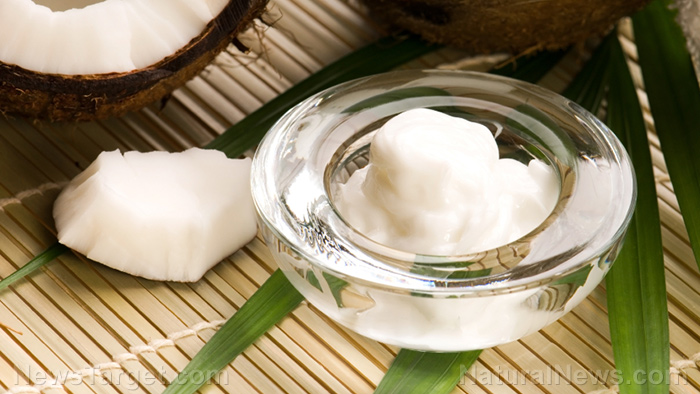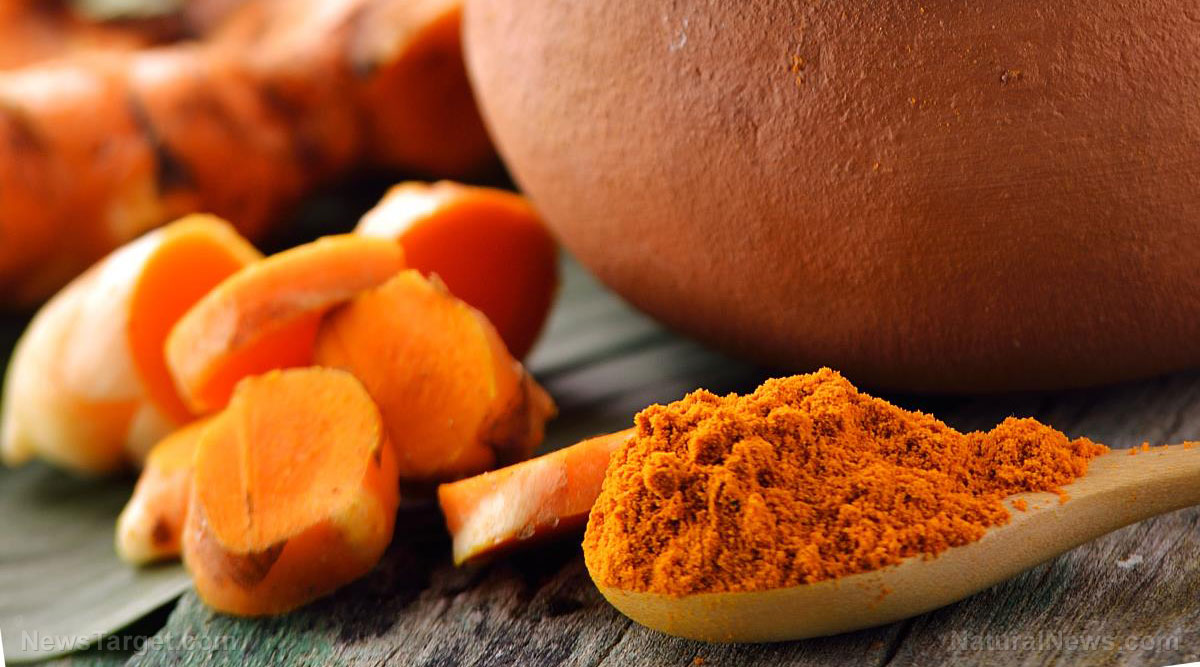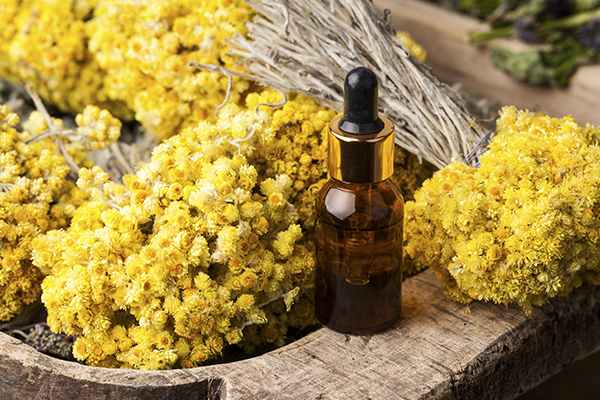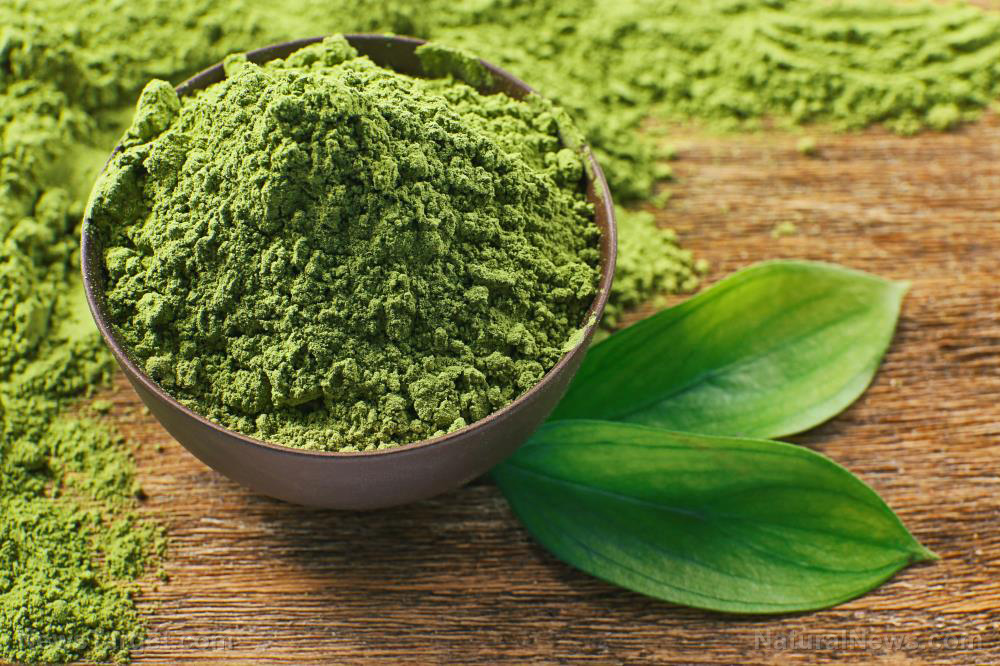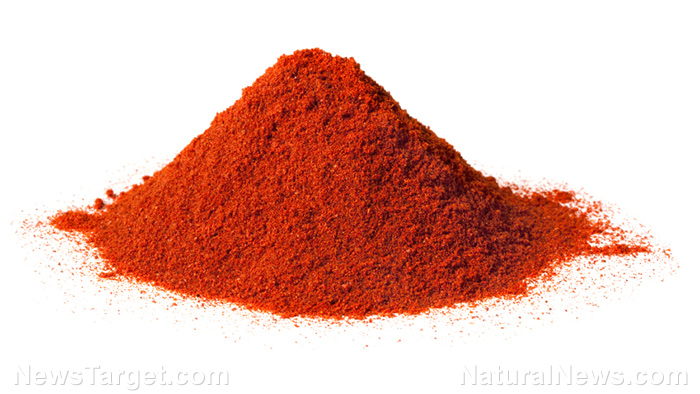5 Ways to use tea tree oil for common skin conditions
08/20/2020 / By Divina Ramirez

Tea tree oil, or melaleuca oil as it is sometimes called, is an essential oil obtained from the leaves of Melaleuca alternifolia, a small tree endemic to Australia.
Aboriginal Australians have used tea tree oil for centuries. These native people crush tea tree leaves to extract the oil, then inhale it to treat coughs and colds. It could also be applied to the skin to relieve irritation.
Scientists have since studied tea tree oil and found that organic compounds in the oil, such as terpinen-4-ol, can kill certain bacteria, fungi and viruses.
Numerous studies over the last decade have also demonstrated that tea tree oil can modulate immune function to suppress inflammation.
Best uses of tea tree oil for the skin
Its natural antioxidant and antimicrobial properties make tea tree oil a safe and potent natural medicine for treating bacterial and skin infections and promoting healing.
Plus, experts consider tea tree oil to be safe as a topical treatment, so putting it on the skin on a regular basis should not be a cause for concern. Here are some of the oil’s best uses for the skin:
Treats acne
One of the first rigorous clinical studies on tea tree oil assessed its effects on acne. The trial demonstrated that both tea tree oil and benzoyl peroxide, a chemical medication used to treat mild to moderate acne, reduced the numbers of inflamed lesions on the skin.
Scientists also find that people are able to tolerate tea tree oil better than other acne medications. Therefore, tea tree oil could be a safer substitute for acne medications for people with sensitive skin or preexisting skin conditions. (Related: Natural remedies for acne.)
Reduces oiliness
The same trial demonstrated that tea tree oil helped reduce oiliness and scaling. On the other hand, the results of another trial on sunscreen containing tea tree oil indicated that the oil did help reduce oiliness in at least one area of the face. Tea tree oil also helped in shrinking pores.
Moisturizes the skin
Tea tree oil makes for an ideal natural moisturizer. Studies show that the oil can alleviate swelling, reduce redness and minimize scaling, all of which occur as a result of dehydrated skin. If applied on a regular basis, tea tree oil can aid in maintaining clear, glowing skin in the long run.
Treats itching and irritation
Terpinen-4-ol can soothe skin inflammation that leads to itching and irritation. In particular, animal and human research on tea tree oil suggest that the topical application of the oil can relieve rashes due to contact dermatitis, a condition in which the skin becomes inflamed after direct contact with an allergen or irritant.
Shortens healing time
Putting tea tree oil into an open wound isn’t recommended, but it can be useful for preventing small cuts, scrapes, blisters and minor burns from becoming infected. There is also some anecdotal evidence that the topical application of tea tree oil can aid in the healing of malignant skin ulcers.
How to use tea tree oil
Like most essential oils, tea tree oil contains high concentrations of potent compounds. Therefore, it is important to dilute it using a carrier oil, like grapeseed, jojoba and coconut, to protect against burns and skin irritation. Pure tea tree oil also shouldn’t be ingested as doing so can cause serious health issues.
For best results, mix drops of tea tree oil and carrier oil then use a cotton ball to dab it on the affected areas. Others also like to add drops of tea tree oil to hot baths for a more spread-out or indirect exposure.
For most adults, the National Association for Holistic Aromatherapy (NAHA) recommends at least a three percent dilution. This means using 20 drops of essential oil per one ounce of carrier oil. If in doubt, consult an aromatherapist or a natural health practitioner.
Read more articles about tea tree oil and other potent essential oils at EssentialOils.news.
Sources include:
Tagged Under: acne treatment, alternative medicine, Cosmetics, essential oils, healing, natural antibiotics, natural cures, natural medicine, Naturopathy, phytonutrients, remedies, skin health, Skin Irritation, Tea Tree Oil, tips
RECENT NEWS & ARTICLES
COPYRIGHT © 2017 PHYTONUTRIENTS NEWS

